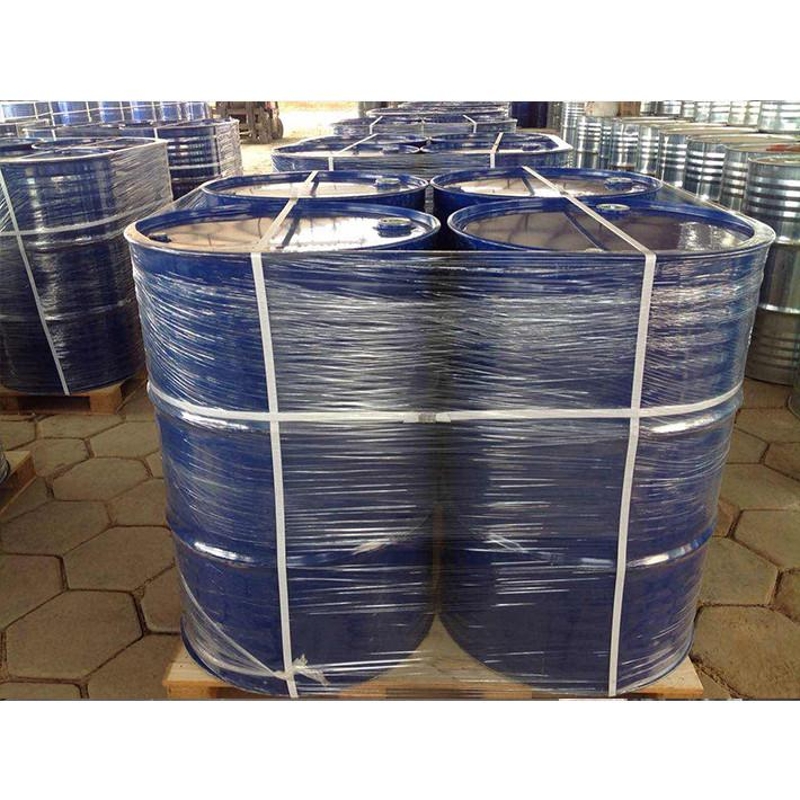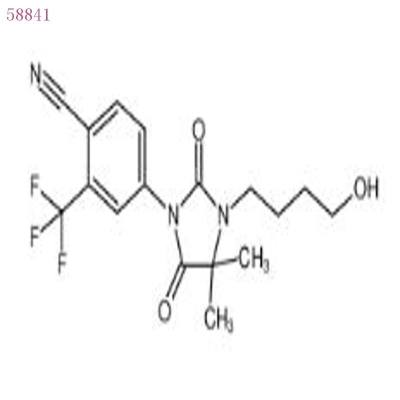-
Categories
-
Pharmaceutical Intermediates
-
Active Pharmaceutical Ingredients
-
Food Additives
- Industrial Coatings
- Agrochemicals
- Dyes and Pigments
- Surfactant
- Flavors and Fragrances
- Chemical Reagents
- Catalyst and Auxiliary
- Natural Products
- Inorganic Chemistry
-
Organic Chemistry
-
Biochemical Engineering
- Analytical Chemistry
-
Cosmetic Ingredient
- Water Treatment Chemical
-
Pharmaceutical Intermediates
Promotion
ECHEMI Mall
Wholesale
Weekly Price
Exhibition
News
-
Trade Service
Recently, Professor Wu Cai'e's team from the College of Light Industry and Food of Nanjing Forestry University published a paper entitled "Insight into the self-assembly behavior of α-zein by multi-spectroscopic and molecular simulations: An example of" in Food Chemistry (IF=9.
231).
combination with the main component of jujube peel pigments - Rutin"
.
Master student Zhu Jinpeng is the first author, Professor Wu Cai'e is the only corresponding author of this paper, and Nanjing Forestry University is the first to complete
.
In recent years, Professor Wu Cai'e's team has focused on the extraction, purification and activity evaluation of jujube bark pigments with the goal of high-value processing and utilization of pigments in characteristic economic forest fruits
.
The team studied the antioxidant and anti-inflammatory functions
of jujube bark pigment in the early stage.
However, the pigment solubility of jujube bark in the free state is poor and bioavailability is low
.
According to the experimental results, the team screened out zein with good biocompatibility to homeostasis the pigment to improve the above problems
.
In order to further explore the interaction mechanism between the two, Professor Wu Cai'e's team used multispectral, molecular docking and molecular dynamics simulation systems to characterize the formation process, binding mode and interaction force
of the complex.
The results of encapsulation efficiency and microstructure characterization showed that the nanocomposite of zein gliadin/jujube peel pigment was successfully formed
.
According to the multispectral results, the binding process is endothermic and spontaneous, mainly driven
by hydrophobic interactions.
In addition, the binding process is a static quenching process with high affinity, and the secondary structure of the protein changes slightly
.
The stable docking model of zein / jujube peel pigment is formed by molecular docking, and the results of molecular dynamics simulation further prove that hydrophobic interaction is the main binding force
between zein and jujube peel pigment.
In this study, a method for the homeostasis treatment of jujube bark pigment was proposed, and the mechanism during treatment was revealed, which was of great significance
for making full use of zein to construct pigment delivery system.
The research work was supported
by the National Key R&D Project (2019YFD1002300), the Subei Science and Technology Project (XZ-SZ201929) and the Research Center of Jiangxi Forestry Bureau (No:202012).
NO.
1 Corresponding author profile
Wu Cai'e, female, member of the Communist Party of China, doctor, professor, doctoral supervisor
.
The person in charge of the national first-class major (construction point) of food science and engineering of the College of Light Industry and Food of Nanjing Forestry University, the person in charge of the national first-class course of "food storage and preservation", and the leader of the storage and processing team of
linte products.
He is also the deputy director of the Forest Food Science and Technology Professional Committee of the Chinese Forestry Society, the standing director of the Processing and Utilization Branch of the China Economic Forestry Association, and the standing director of the Jiangsu Food Science and Technology Society; Review experts of National Science and Technology Awards, national science and technology projects and various provincial projects; Expert in food safety standard evaluation in
Jiangsu Province.
He is engaged in the research
of intensive processing of edible resources of agriculture and forestry, postharvest physiology and storage preservation of forest fruit and food, mining and safety control of forest-derived functional nutrients, analysis and separation of functional activities of bioactive substances, etc.
He has presided over and participated in more than 20 scientific research projects such as national key R&D projects and projects of the National Natural Science Foundation of China, and was approved as the project leader
of the national key R&D program "Research and Application of Key Technologies for Efficient Enrichment and High-value Processing of Pigments and Polysaccharides in Characteristic Economic Forest Fruits" in 2019.
He has won 3 provincial scientific and technological progress awards and 2 Liang Xi forestry science and technology awards
.
He has published 13 textbooks and books, authorized 18 national invention patents, and published more than 200 papers in domestic and foreign academic journals, including more than 60 high-quality SCI papers
.
NO.
2 INTRODUCTION TO THE FIRST AUTHOR
Zhu Jinpeng, 2020 master candidate
, College of Light Industry and Food, Nanjing Forestry University.
His research direction is the storage and processing of lint products, and the research topic is "Mechanism of pigment extraction and homeostasis treatment of jujube bark", and he has published 6 SCI papers in Food Chemistry and other places as the first author
.
.







